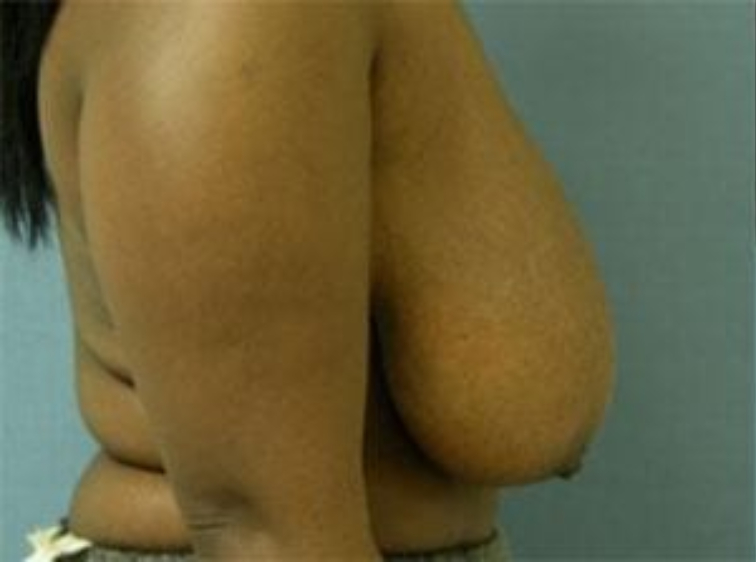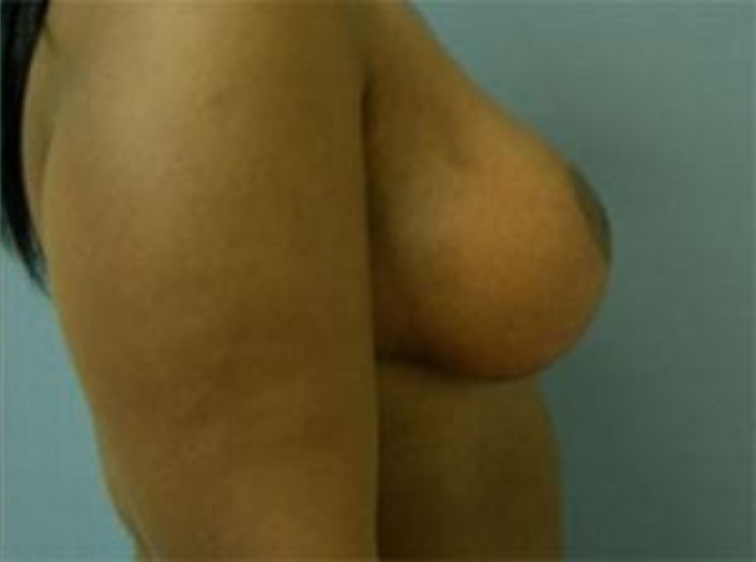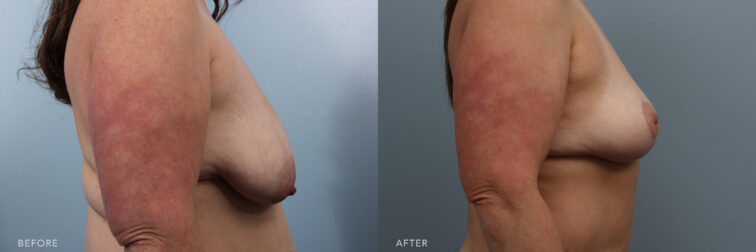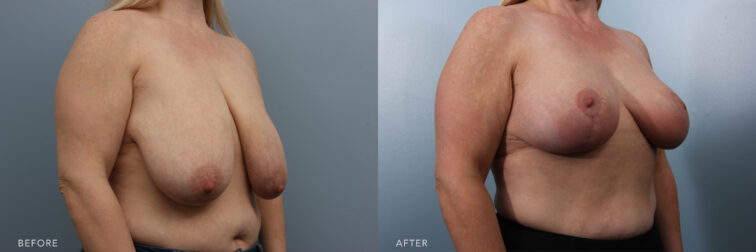Certain breast types are considered more conventionally attractive than others, and aging and childbirth can dramatically alter a woman’s breasts.
For women that are unhappy with their breasts and want to remedy stretched or sagging skin, the Plastic Surgery Center at Williams specializes in a breast lift, or mastopexy.
A breast lift is a surgery designed to correct breasts that sit low on the chest wall due to stretched or sagging skin.
Our specialized surgeons have worked with women of all body types to change the shape and size of their breasts and to improve their self-esteem and quality of life.
At the Plastic Surgery Center at Williams, breast lift surgery is performed by our breast and body surgeon Dr. Alfredo Lloreda
With years of experience performing breast lifts and breast surgeries of all kinds, our specialized breast and body surgeons work with every woman to ensure she feels comfortable and confident in her decision to undergo a breast lift.
Our team fully customizes breast lift surgery to address each woman’s concerns and to provide exceptional care from your first phone call to your last follow-up appointment, and beyond.



